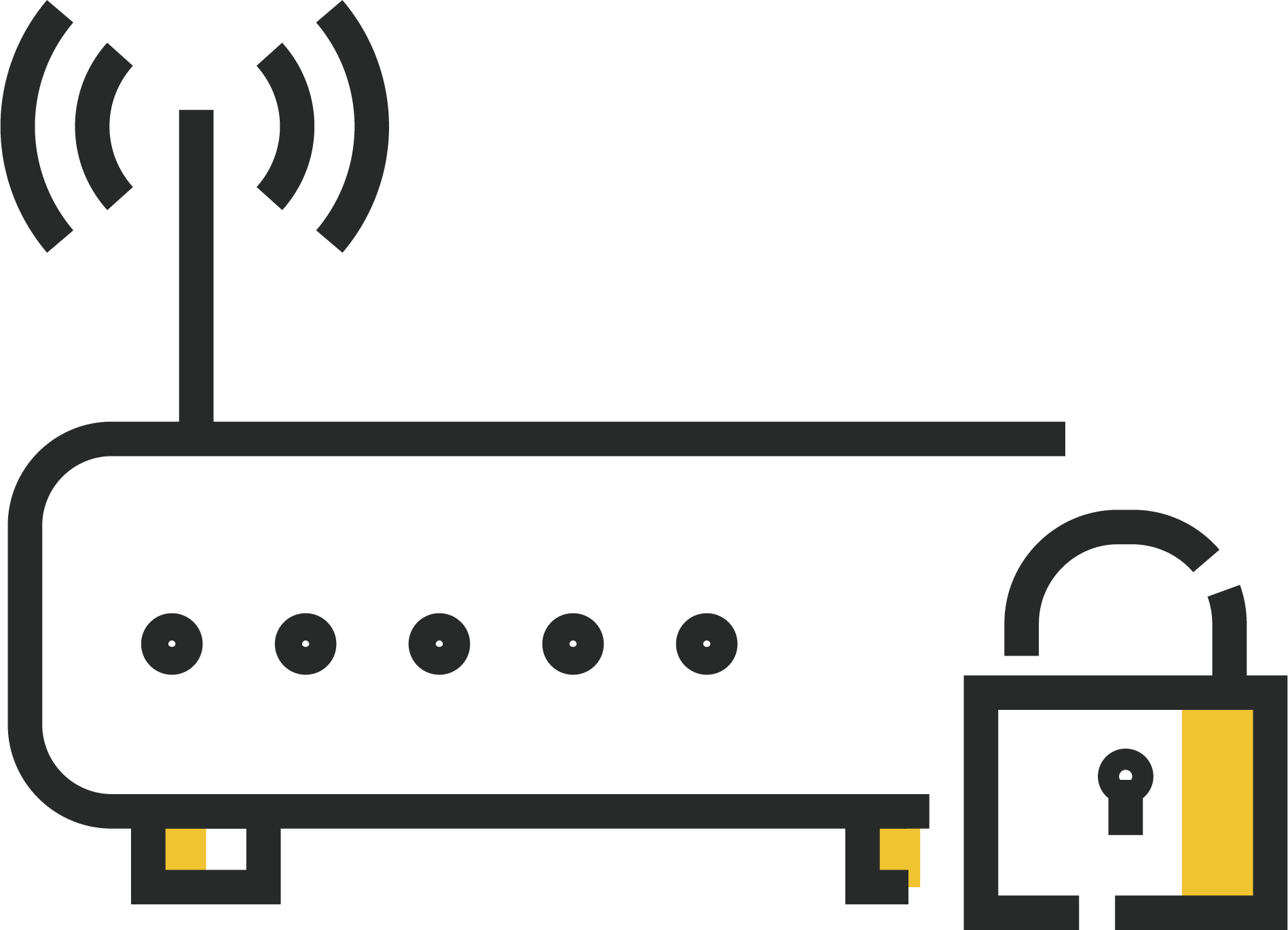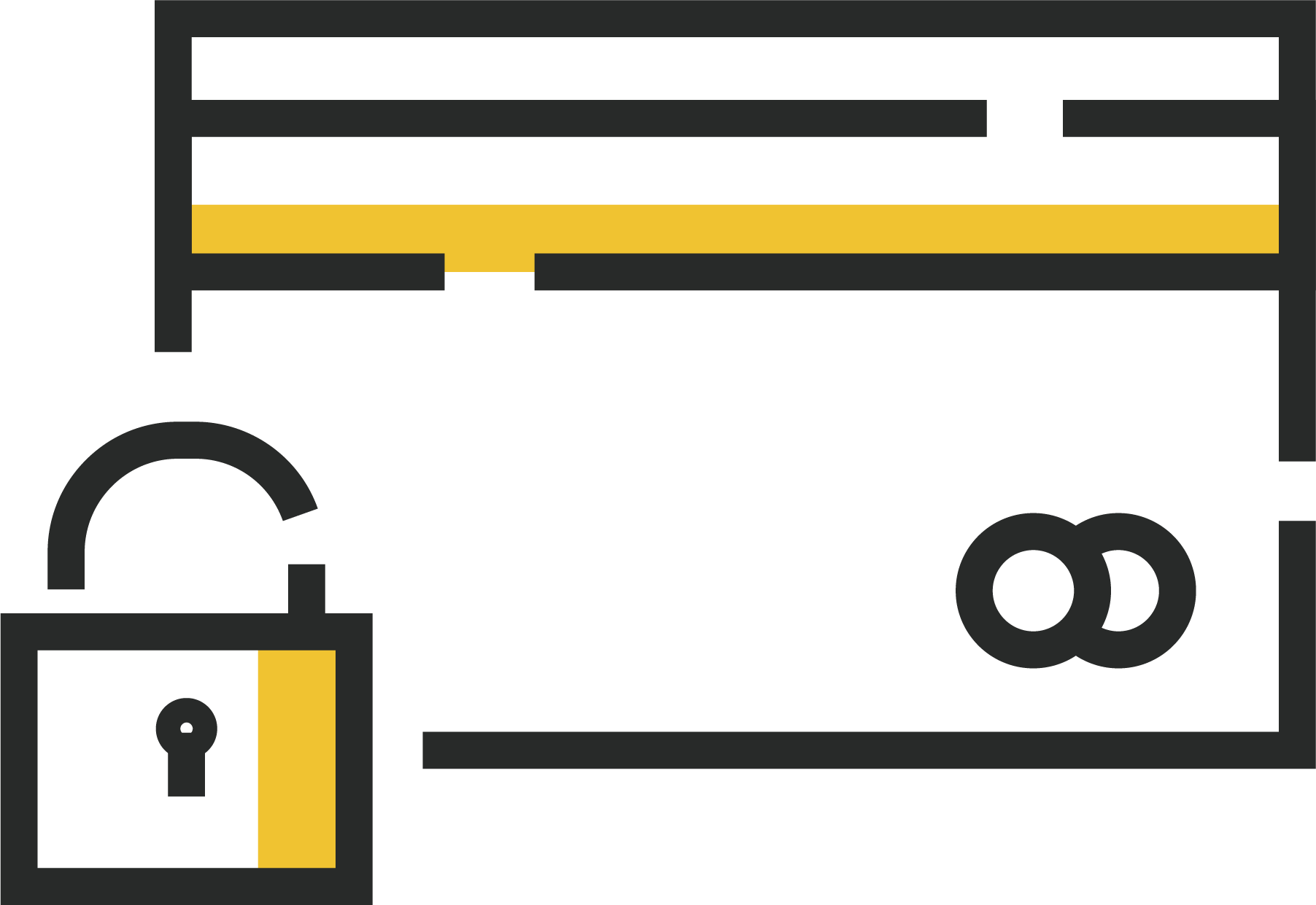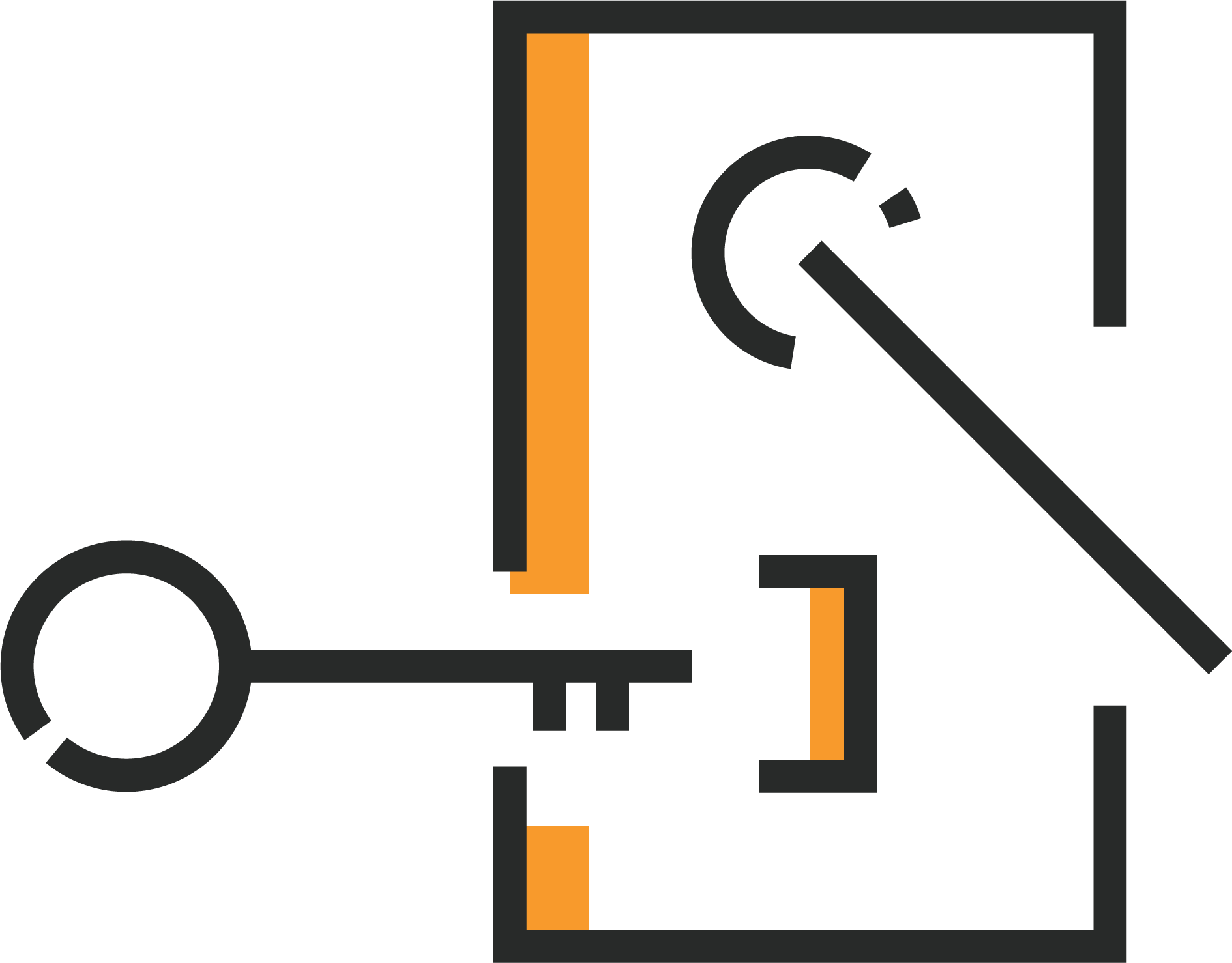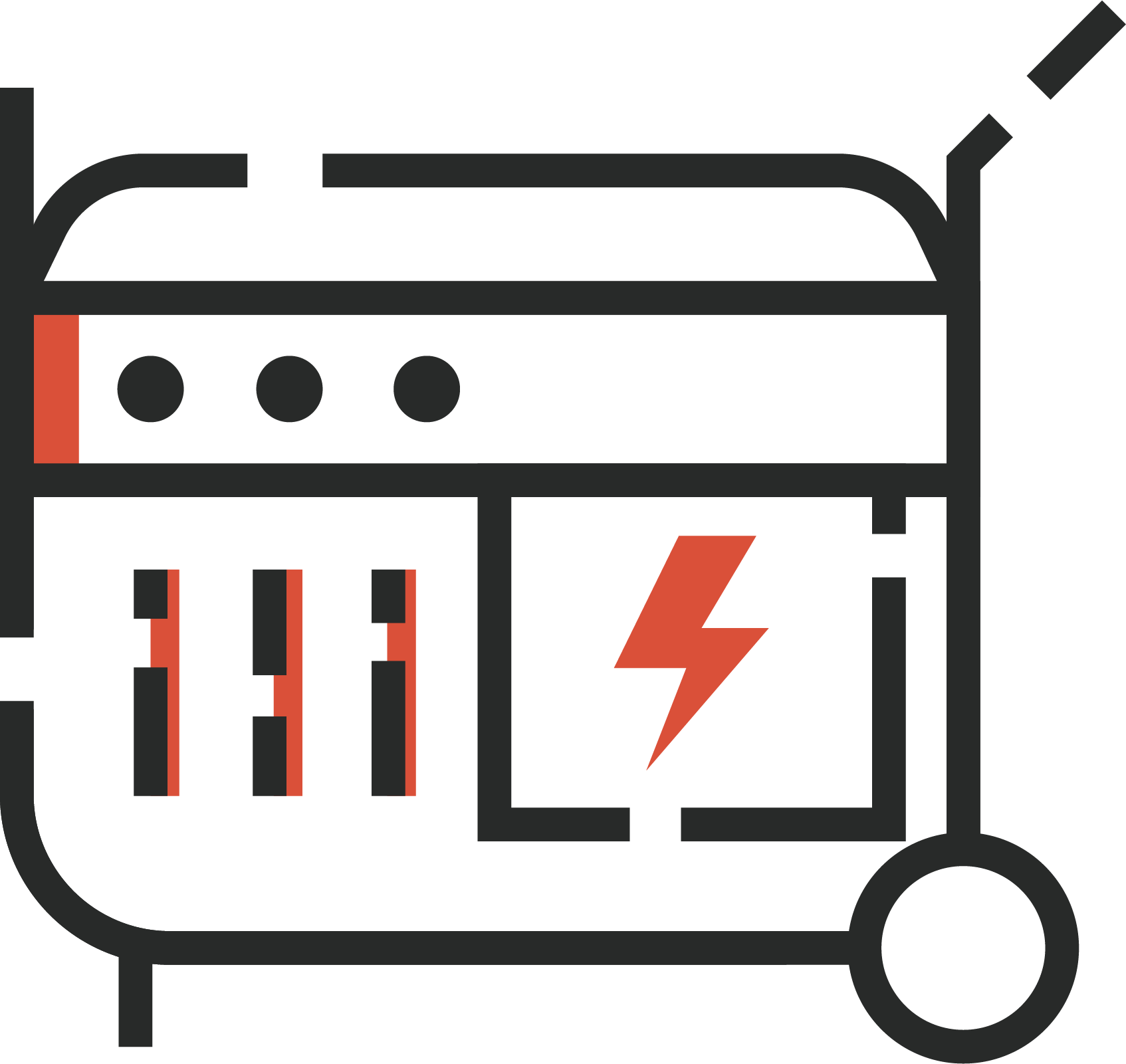Internet access is no longer a luxury; some countries consider it a human right. With so much of our lives taking place across the internet, having access to high-speed internet service can be a matter of life or death. In areas where cell phone service isn’t reliable, getting access to the internet can allow you to contact emergency services when disaster strikes.
While the number of places across the continental US that don’t have a cell phone or Internet access is shrinking, it is a reality that rural internet service is often spotty at best. Trying to find rural internet providers that can get you more than 10 Mbps down and 1 up can feel like searching for a needle in a haystack.
Whether you are relocating to a rural area, planning a cross-country road trip, or have a hunting excursion in the Fall, knowing how to access the internet is valuable information. You don’t have to be connected constantly, but in case of an emergency, you’ll want to have the capability to contact someone. So let’s review our options.
Contents
- What to look for when choosing an internet provider for rural areas
- Options for Internet in Rural Areas
- Best Rural DSL Internet: CenturyLink
- Best Fixed Wireless Rural Internet: Rise Broadband
- Best Satellite Internet: StarLink
- Best for RV Internet: Mobile Hotspots
- Why aren’t there more rural internet options?
- Why You Shouldn’t Rely on Public Wi-Fi Networks
What to look for when choosing an internet provider for rural areas
Most rural areas have at least two options when it comes to internet service providers (ISPs). While they may not be the same mega-corporations with coverage of the cities, you often have a choice of two or three options, or even types of internet coverage, depending on where you live. When it comes to choosing an internet provider, start by keeping these things in mind:
- Coverage Area: You may have loved Comcast in the big city but it’s not a strong contender out in rural areas. Start by reviewing what rural internet providers are available in your neck of the woods.
- Landscape: Now that you have a few options for internet providers, take a look at the landscape where you’ll be using your internet. Is the land flat or mountainous? Are you staying in a forest or surrounded by trees? Or are you surrounded by low-shrubby plants? Is the weather in your area typically sunny or predominantly cloudy? These considerations can impact the quality of your internet speeds if you go with a satellite internet provider. Narrow your list of ISPs, if necessary
- Data Caps and Speeds: Now that you have a short list of ISPs to consider, get a quote for the cost and anticipated internet speeds from each provider. Find out if the plan you’re quoted for comes with unlimited data or has a data cap. Unlimited data is a necessity for remote workers or families that live in rural areas full-time.
These three features can help narrow the considerations for rural internet options. What’s available in Wyoming will be different from Utah or Alabama. So it’s important to start with research into what ISPs are feasible where you are located.
Options for Internet in Rural Areas
There are three main options when it comes to getting internet service in rural areas: broadband service, satellite internet, and mobile hotspots. Each option has its pros and cons, as well as some not being available in all rural areas. Let’s review what each is:
Broadband service: This is your traditional internet service provider in many cities and suburban areas. There are often broadband service options across swaths of rural locations, but the providers will vary depending on your state and just how rural you are located. Broadband internet service consists of DSL internet, fiber network internet service, and wireless internet service.
Satellite internet: Internet that relies on a satellite dish to provide service. While this used to be the slowest connectivity option for the internet, satellite internet speeds have greatly improved in the last few years. This service is provided via the use of communication satellites in the lower atmosphere, meaning your service can be disrupted by trees and poor weather.
Mobile hotspot: By piggybacking off of a cell tower and cellular connection, a mobile hotspot can share data with your other internet-connected devices. This is a popular option with van lifers, RVers, and people who don’t live full-time in remote areas. However, as more 5G towers are built in remote locations, this could be a surprise contender for internet service in your rural area.
With those definitions intact, we can review a few of the top options in each category.
Best Rural DSL Internet: CenturyLink
If you happen to be close enough to a rural town that offers DSL internet, CenturyLink is likely to be one of your options. They are a large, established business that, thankfully, is providing internet access in rural areas where people need it.
DSL internet, or a Digital Subscriber Line, refers to a high-speed internet connection that works through your existing telephone line. Existing phone lines are able to send internet data across unused frequencies that phones can’t access. So if you need to make a phone call while using your DSL internet connection, you won’t notice a dip in service quality across your internet connection or phone call. This also tends to be a cheaper internet option as there aren’t infrastructure costs associated with it like fiber or cable internet access.
We recommend CenturyLink for several options over other rural internet providers:
- They offer unlimited data plans, perfect for families or remote workers.
- There are no-contract options, allowing you to discontinue service depending on your needs.
- With speeds up to 100 megabytes, CenturyLink has some of the fastest internet speeds across DSL providers.
They currently operate in 36 states, particularly across the Midwest and Western areas of the country. You can click here to see if they offer coverage in your area.
Best Fixed Wireless Rural Internet: Rise Broadband
Let’s say that you don’t have any phone lines in your area or home to tap into to access DSL internet options. Your next best bet for getting internet in rural areas could be what’s called “fixed wireless providers”. This refers to internet broadcast from towers through airwaves to receivers that the service provider will have installed on the user’s property. For fixed wireless internet connections to work, the receiver needs to be around 10 miles from the service provider’s tower.
While that sounds complicated, it essentially works similarly to cell phone towers and service, except just for internet access. As long as you are within a tower’s 10-mile proximity, you should get solid internet access through a fixed wireless provider.
Our top pick in this category for rural areas is Rise Broadband. While satellite internet providers can be limited to areas without dense tree coverage, that isn’t a concern for fixed wireless providers. Rise Broadband could be the perfect choice for areas that also can’t tap into DSL, cable, or fiber networks as well.
A few other great features that Rise Broadband offers include:
- Unlimited data plans
- No data caps so you can stream and game to your content
- Speeds upwards of 50 megabytes down with an upper limit of 100 megabytes
- Coverage spans 16 states: Colorado, Idaho, Iowa, Illinois, Nebraska, Texas, and Utah have the highest serviceability
- Costs are lower than satellite internet for comparable service
Fixed wireless internet service isn’t the right choice for every rural area. However, it has a lot of good points and for the price can deliver strong value. Click here to see if Rise Broadband is available in your area.
Best Satellite Internet: StarLink
We can’t talk about satellite internet connection without talking about the major industry disruptor that is StarLink. If you lived in a rural area in the early 2000s, satellite internet was the only internet provider around and it was, simply put, terrible. Small clouds would render the service useless, while a full storm would leave you without access for hours.
Luckily, satellite internet has come a long way since then, with StarLink bringing it back again as a viable option. While most satellite internet providers can’t guarantee lightning-fast speeds, StarLink can provide over 50-megabyte download speeds, easily. I personally use StarLink to stay connected to the internet in a very rural area and can vouch for being able to have video conference calls, movie streaming nights, and download video games. Most of the time, my download speeds are over 100 megabytes down, which is fantastic compared to many other satellite internet options.
StarLink isn’t a total panacea for satellite internet users. Upload speeds are pretty dismal. If you are a video editor who needs to upload projects, rural internet options across the board will be a disappointment, including StarLink. We also don’t recommend it for RV users because its performance really diminishes when the satellite is blocked (even a little bit) by trees. If you’re in an RV park with even a couple of trees, you may find your internet connection drops sporadically.
Despite these cons, we still recommend it as the strongest contender in the satellite internet category, particularly in rural areas without significant overhead tree coverage.
Best for RV Internet: Mobile Hotspots
If you travel frequently in a travel trailer or van or find yourself on the road a lot for work, a mobile hotspot could be the most affordable option while still providing a high chance of solid internet speeds.
AT&T, Verizon, and T-Mobile all offer mobile hotspot plan options that can be added to your mobile phone plans. Most offer unlimited data plans as well, which is a boon for remote workers escaping cities. All three major carriers have extensive networks of cell towers across the U.S., including rural areas. However, depending on where you spend most of your time, you may want to compare their coverage maps to ensure that you are getting the best connectivity available.
So how does a mobile hotspot work? First, you need a hotspot device. Some carriers offer these directly, while for others, you’ll need to buy the hardware and then activate your internet connection plan for the device separately. Once you have your hotspot device, you can contact your cell phone company and add an internet plan to your device. And that’s it! Once your hotspot is receiving an internet connection, all it will need is cell reception to activate coverage for any and all connected devices.
Because getting cell coverage is a major component of using a hotspot, you’ll want to double-check that you do get a cell signal where you are planning on using it. Your mountain cabin might have beautiful views, but it could have terrible reception, rendering a mobile hotspot useless.
Why aren’t there more rural internet options?
Several state and national initiatives seek to increase the number of internet options for rural citizens, particularly as rural areas get a population boom after absconding from highly populated cities during the pandemic. For example, Colorado has a state-wide initiative to bring broadband internet access to 99% of the state by 2027, with the 1% being people who opt-out of receiving it.
Perhaps the biggest improvement in options for rural internet users is StarLink’s satellite internet. While the waitlists can be very long and you still have to contend with blockers such as trees and buildings, download speeds can be 10x faster than broadband options in the same area.
Why You Shouldn’t Rely on Public Wi-Fi Networks
When none of the rural internet service options seem like good options, it can feel like the path of least resistance to simply only use the internet when you’re in town and can go to the library or coffee shop and use their free Wi-Fi. However, this introduces a major amount of digital security risk for you as the user.
Public internet connection networks can make users sitting ducks for computer viruses, malware, identity theft, and more. Unless you are using a VPN to protect your identity, data, and devices while connecting to public Wi-Fi networks, you could be putting yourself at risk. That’s why we recommend setting up some kind of personal network, whether through a broadband connection, satellite internet, or a mobile hotspot. These internet connections are private and will provide more digital security for you and your family.
Want to learn even more ways to stay safe online? We have a whole blog of cybersecurity resources! Check out these articles:



















